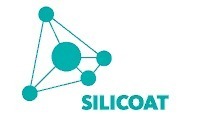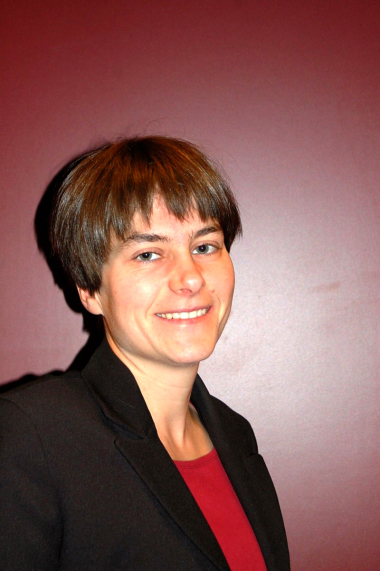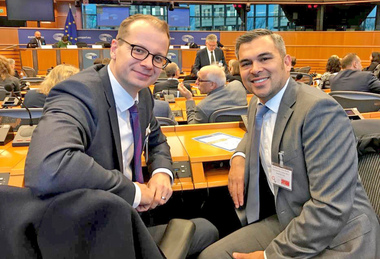Progress report on the European SILICOAT research project
Now it is important to find substances suitable to guarantee the required surface protection. These must also be affordable and they must not lose their properties in the industrial production process. Finally, the quality of the products should not suffer as a result of the additives. Important progress has already been made in the laboratory, work is currently being done on implementation in factories.
A brief report is also given on the current discussion on the pending tightening up of silica dust limits in Germany and its consequences.
RA Martin Roth, Federal Association of the German Brick and Tile Industry Regd







